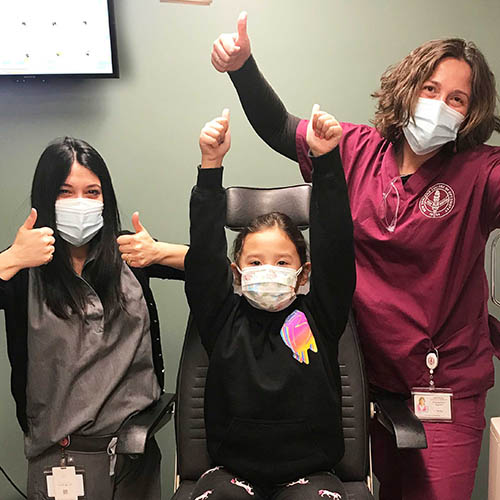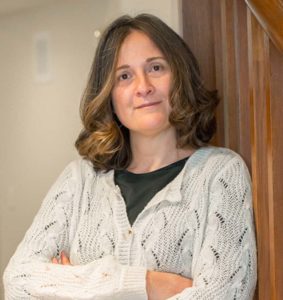Myopia on the rise: What parents can do

Myopia, or nearsightedness, is often just seen as an expensive inconvenience, not a vision threat. After all, the blurry vision caused by myopia can be corrected with glasses or contact lenses—or with refractive surgery later in life.

Dr. Fuensanta Vera-Diaz is researcher and clinician with an expertise in myopia control.
But it’s important to know that besides interfering with a child’s success in daily activities and school, myopia can lead to serious complications down the road. Even worse, myopia naturally continues to progress during childhood, and the higher the level of myopia, the higher the risk for complications later on. So is there anything parents and caregivers can do to prevent or slow the progression of their child’s myopia?
Thanks to recent advances in myopia research, there is. The key is to address a child’s myopia or myopia risk as early as possible, so that its progression can be stopped or slowed to lower the risk of conditions such as retinal detachment, glaucoma, or myopic macular degeneration later in life. Myopia, which typically starts in childhood, is caused by excessive lengthening of the eyeball, which is the reason for these associated eye diseases.
“Research shows if we can slow the progression of myopia by even one diopter [unit used to measure lens correction], the risk for retinal detachment decreases by 30 percent, glaucoma by 20 percent, and macular disease by 40 percent,” Fuensanta Vera-Diaz, OD, PhD, says.
Dr. Vera-Diaz launched the NECO Myopia Control Clinic in 2017 to focus on the management of this condition. The clinic uses research-based clinical practices and sophisticated technology to slow or halt the progression of myopia in children.
Treatment is customized for the individual patient, and might include specialty contact lenses, medicated eye drops, bifocal glasses, or a combination of options.
There’s also a low-tech solution that can be very helpful: spending more time outdoors. It’s been shown that the more children are exposed to sunlight and can look farther into the distance, the more likely myopia can be prevented or its progression slowed.
“We recommend that children of all ages, but especially younger children who are about to start school, spend as much time as possible—ideally a minimum of two hours a day—outside,” Dr. Vera-Diaz emphasizes. The benefit of spending time outdoors remains even if your child wears a hat or sunglasses, which we recommend.
Why is myopia on the rise? According to Dr. Vera-Diaz, “The changes in society over the past few decades are to blame. Increased near work, such as reading, writing, or using cellphones, tablets, and other electronics, as well as decreased time spent outdoors, are environmental factors associated with this global increase in myopia.”
The American Optometric Association recommends that children normally have their first eye exam at six months old, and at regular intervals after that, so that myopia and other eye conditions can be diagnosed early. Caregivers should also watch for habits starting in preschool age, like squinting or holding objects too close, which might indicate a child can’t see things that are far away.